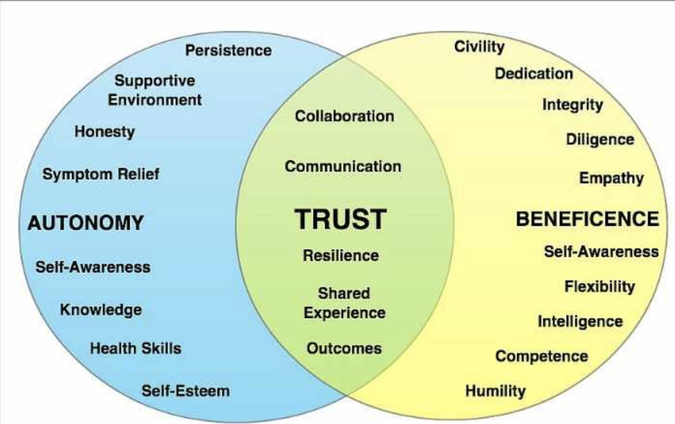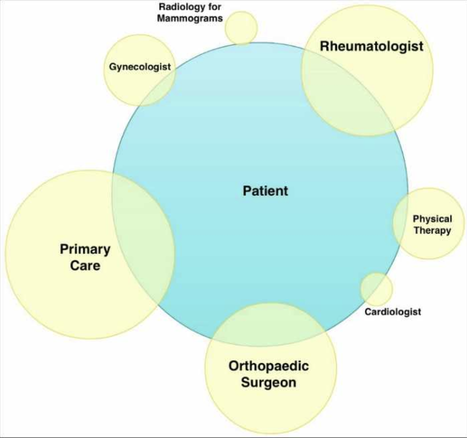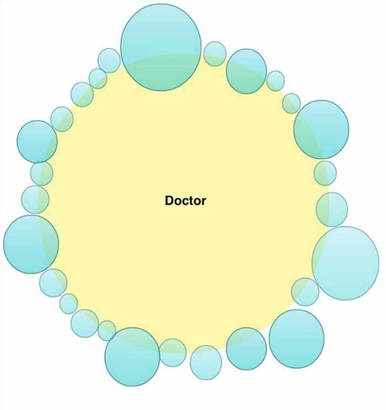Originally posted on the Mayo Clinic Center for Social Media, February 2, 2015
Recognizing the needs of patients as well as doctors is essential to healthcare. We may have ideas about what those needs are, but how do we include them in decisions about healthcare reform?
Both patients and healers (since this doesn’t apply only to doctors) have to combine strengths and recognize weaknesses for a trusting relationship to emerge. Pure autonomy doesn’t exist for either participant; it’s the caring connection itself that defines our ability to cope with adversity and begin the healing process.
Trust in the relationship and an ethics of caring are cornerstones of relational bioethics advocated by philosopher of science Alfred Tauber. Improving health requires trust on the part of patient and doctor. The relationship is part of them, and they are partly defined by that relationship as well.
This dual identity fits with Arthur Koestler in his book The Ghost in the Machine “ ‘wholes’ and ‘parts’ in [an] absolute sense just do not exist anywhere, either in the domain of living organisms or of social organisations.”
Koestler used the term holon to capture that duality of being a part and a whole at the same time. I suggest that we view the patient-healer relationship as a “healing holon”:
Recognizing the needs of patients as well as doctors is essential to healthcare. We may have ideas about what those needs are, but how do we include them in decisions about healthcare reform?
Both patients and healers (since this doesn’t apply only to doctors) have to combine strengths and recognize weaknesses for a trusting relationship to emerge. Pure autonomy doesn’t exist for either participant; it’s the caring connection itself that defines our ability to cope with adversity and begin the healing process.
Trust in the relationship and an ethics of caring are cornerstones of relational bioethics advocated by philosopher of science Alfred Tauber. Improving health requires trust on the part of patient and doctor. The relationship is part of them, and they are partly defined by that relationship as well.
This dual identity fits with Arthur Koestler in his book The Ghost in the Machine “ ‘wholes’ and ‘parts’ in [an] absolute sense just do not exist anywhere, either in the domain of living organisms or of social organisations.”
Koestler used the term holon to capture that duality of being a part and a whole at the same time. I suggest that we view the patient-healer relationship as a “healing holon”:
The therapeutic relationship is the core atom of healthcare; it’s what binds us together. If we want a better healthcare system, we need to start by strengthening that core, not eroding it. Strong healing relationships require that both patients and healers have their needs met.
One way to evaluate the value of institutional policies, technologies or legislation is to ask a simple question: Does this change improve or weaken patients, healers or their relationships?
If a proposed change does not have a net benefit on elements of the healing holon and promote trust, perhaps it’s not worth pursuing. This idea may give us a better way to evaluate new reforms.
What happens for someone with health issues? Multiple healing relationships have different value to a patient. For a woman with rheumatoid arthritis and some fractures as her main health issues, this is what it might look like:
One way to evaluate the value of institutional policies, technologies or legislation is to ask a simple question: Does this change improve or weaken patients, healers or their relationships?
If a proposed change does not have a net benefit on elements of the healing holon and promote trust, perhaps it’s not worth pursuing. This idea may give us a better way to evaluate new reforms.
What happens for someone with health issues? Multiple healing relationships have different value to a patient. For a woman with rheumatoid arthritis and some fractures as her main health issues, this is what it might look like:
Doctors also experience multiple interactions. Here is what a busy day in clinic might look like:
I can’t quantify the value of each holon, but these examples show how some relationships will be more important or trusting than others. The more overlap and trust, the better.
Seeing is believing, but you have to believe in something first to see a solution. What do you see? What do you believe?
Seeing is believing, but you have to believe in something first to see a solution. What do you see? What do you believe?



 RSS Feed
RSS Feed